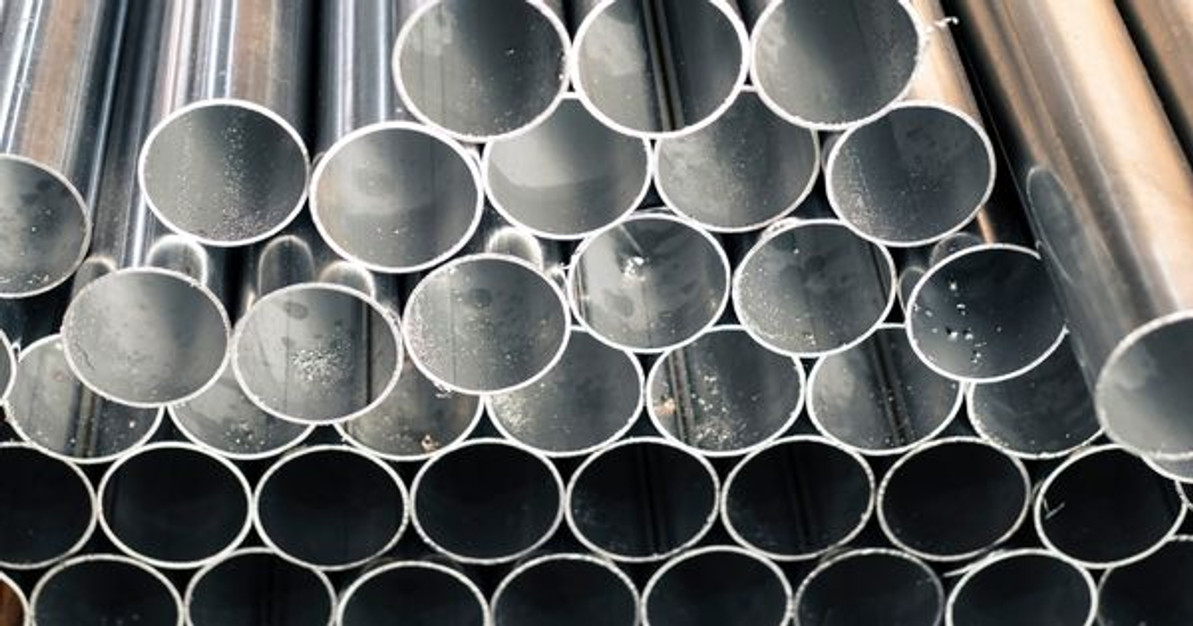Significant advancements have come to the world of manufacturing over the last few decades. Roughly 60 years ago, robotics began revolutionizing assembly lines. At the time, they were few and far between, but today, they’re a mainstream component of the manufacturing sector. Additionally, smart technology and the internet of things are taking matters even further. New developments in safety, efficiency, productivity, and other aspects of manufacturing have also come into play.
All those developments have changed the way products are manufactured. They’ve made processes faster, safer, and more versatile. That being said, some modern components of manufacturing processes seem relatively simple on the surface. Tubing is a prime example. On the outside, it looks like little more than pipes and hoses running to and from manufacturing equipment. Many people may think that buying more tubing is a straightforward task for manufacturers. In truth, though, a great deal of engineering goes into its design and creation, and there are many options on the market. Sanitary tubing plays numerous roles in modern manufacturing processes, and choosing the right one for a company’s specific needs is essential.
Food and Beverage Production
For one, sanitary tubing is crucial in food and beverage production. It’s made with smooth, non-porous surfaces, so it’s less likely to harbor bacteria and other pathogens. That prevents potentially harmful contamination. It’s also designed to prevent cross-contamination between different types of foods and beverages. That’s particularly important for companies that produce a variety of products using the same equipment. It can also play a key role in keeping process contaminants within safe levels. Sanitary tubing can help maintain food and beverage safety, quality, and longevity.
Pharmaceutical Production
Sanitary tubing is also essential in pharmaceutical production. As is the case in many other industries, it’s used in a variety of processes in this arena from delivering bulk ingredients for processing to packaging finished products. In this industry, tubing must meet an array of stringent standards. It must not react with the materials and ingredients being processed, and it must not leach potentially harmful contaminants into the products being created or the environment. It can’t be made of materials that may cause adverse reactions in people, either. Tubing used in pharmaceutical production has to be easy to clean and non-reactive to cleaning agents as well.
Cosmetic and Hygiene Product Manufacturing
Sanitary tubing also plays a major role in processing cosmetics and hygiene products. This industry ranges from makeup and skincare products to soap and shampoo. Tubing serves numerous purposes in this field, including preventing cross-contamination between different products and maintaining the textures and fragrances of products. It can also prevent allergens and other hazards from making their way into products. Additionally, it ensures cosmetics and hygiene products are shelf-stable so they remain as safe for consumers to use as they were the day they were packaged.
Maintaining Quality and Safety with Sanitary Tubing
These are only a few of the ways sanitary tubing is used in manufacturing. It appears in multiple steps of production processes. Those range from bringing raw materials into manufacturing facilities to mixing ingredients and depositing them into packages. It’s also used in equipment cleaning systems to prevent contamination and preserve product quality. Numerous types of sanitary tubing are available to meet different facilities’ unique needs, and each one is designed to live up to the stringent requirements of various industries.
Creative Released empowers you with expert insights—uncover the crucial role of sanitary tubing in modern manufacturing and its impact on safety and efficiency!



